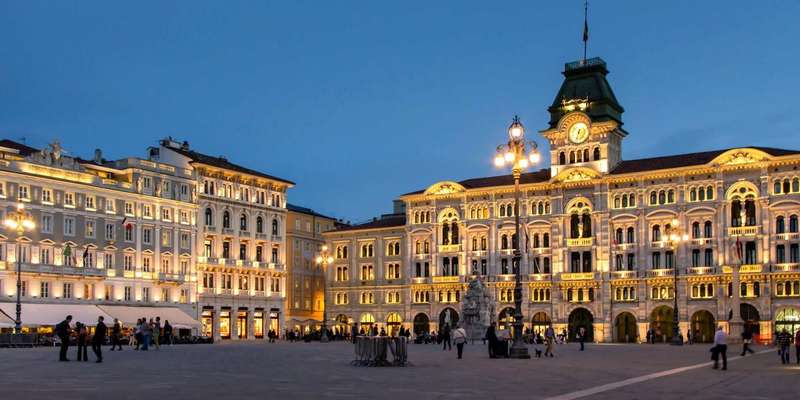- Home
- Useful Tips
- Visiting Trieste's Roman...
Standing before Trieste's Roman Theatre, many visitors feel a pang of disappointment. The ancient stones whisper 2,000 years of history, but without context, they remain silent. Over 60% of cultural travelers admit leaving archaeological sites frustrated by poor interpretation, while 78% regret wasting precious vacation time on poorly planned visits. The theatre's layered past – from its Augustan-era origins to medieval stone quarries – escapes most day-trippers. Crowds cluster around the main entrance, missing the best-preserved sections and panoramic views. Worse, summer visitors bake under the Adriatic sun with no shade in sight. This isn't just about missing information; it's about standing where Romans cheered for tragedies, completely unaware of the stories beneath your feet.


Decoding the theatre's layout – where to stand for the full experience
The theatre's semicircular cavea follows classic Roman design, but modern alterations can confuse first-time visitors. Most enter from Via del Teatro Romano, putting them at stage level – the worst vantage point. Instead, approach from the upper Giuseppina stairway to immediately grasp the structure's grandeur. The eastern vomitorium (entry tunnel) reveals original marble seating tiers rarely noticed from below. Look for numbered plaques marking where each social class sat – knights closest to the stage, plebeians higher up. Mid-morning light perfectly illuminates the scaenae frons (stage backdrop), highlighting surviving columns that once framed performances. Local archaeologists recommend positioning yourself in Section V to appreciate both the stage machinery grooves and the clever acoustic design that still carries whispers across 60 meters.
Timing your visit – when the stones come alive
Summer crowds between 11am-3pm transform the theatre into a sunbaked amphitheater of selfie sticks. Smart visitors follow the shade patterns: the northern seating stays cool until noon, while the southern sections offer late afternoon relief. Tuesday mornings see 40% fewer visitors than weekends according to municipal counts. For magical moments, arrive at opening (8:30am) when angled light reveals tool marks on the limestone blocks. Evening visits during Trieste's Estate Teatro festival (July-August) let you experience the space as intended – with live performances under the stars. Off-season weekdays between October-April offer near-private exploration, though check for restoration closures. The adjacent Antiquarium museum's free admission hours (first Sunday monthly) unexpectedly draw crowds away from the main ruins.
Beyond the obvious – secrets even locals miss
Few notice the medieval stonecutter's marks near the western parodos – evidence of how Renaissance builders repurposed the ruins. The drainage system beneath the orchestra becomes visible after heavy rains, showcasing Roman engineering genius. Underrated details include the Greek-style altar to Dionysus (unmarked near Section III) and bullet pockmarks from WWII on the scaenae frons. The best-preserved seating isn't in the main area but in the restricted upper tiers accessible only on guided tours. Nearby, an unassuming metal grate covers the original stage elevator mechanism used for dramatic godly appearances. For context, the Civic Museum's Roman collection displays theatre artifacts like the original marble Venus statue that once adorned the stage.
Making history tangible – immersive experiences for modern visitors
While independent exploration has its charms, expert-led experiences unlock layers invisible to untrained eyes. Specialized guides demonstrate how actors used the stage's five trapdoors during performances, some still operational. Audio tours available at the Antiquarium include rare recordings of reconstructed ancient Greek tragedies performed on-site. For families, weekend workshops let children handle replica Roman theatrical masks while learning about comedy/tragedy conventions. Serious history buffs can book after-hours access to the subterranean service corridors where gladiators and actors prepared. Those short on time benefit from combo tickets including the nearby Arco di Riccardo, creating a walking timeline of Trieste's Roman heritage. Remember – the theatre's original sea views (now obscured by buildings) become imaginable when standing at the very top rows.



